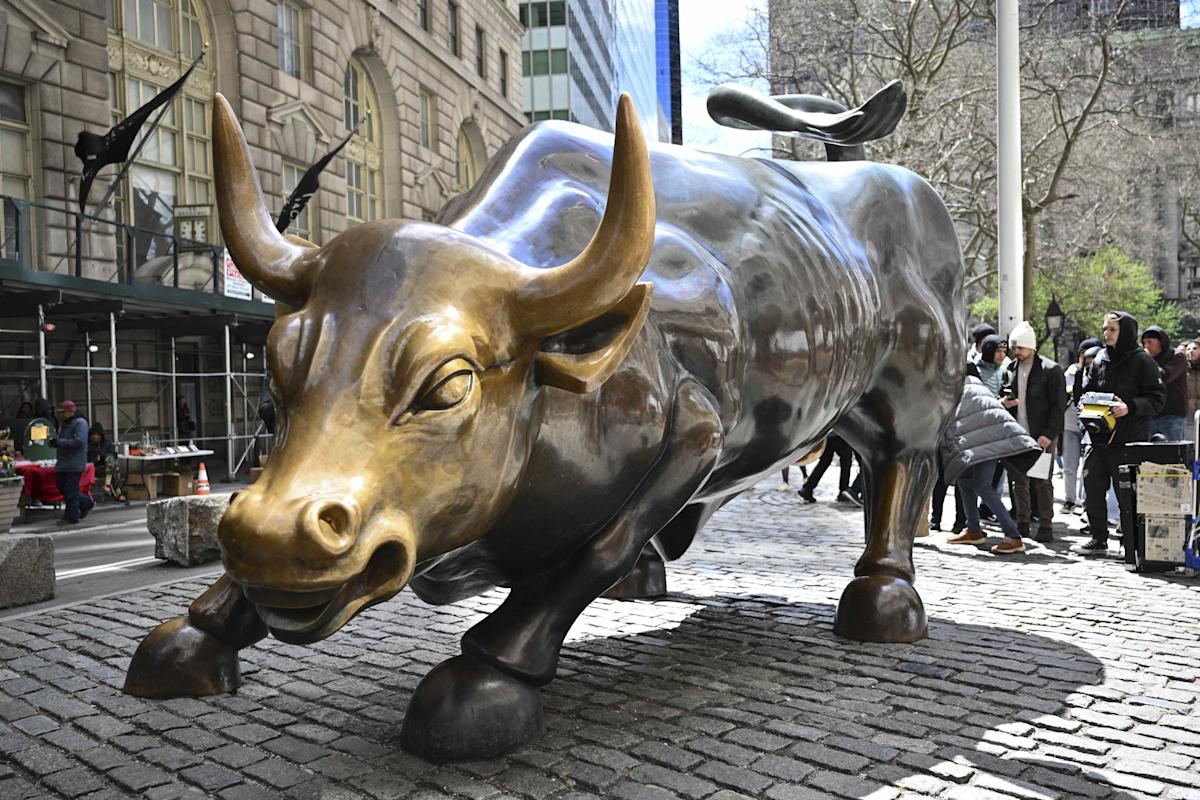Stock Buybacks Have Slowed. Here’s Why It Matters That They Could Bounce Back.
Angela Weiss / AFP via Getty Images
Stock buyback activity was comparatively slow in the first half of 2025 but looks poised to recover.
-
Buyback activity has slowed lately, but it’s poised to re-approach record levels in the third quarter and grow next year.
-
Buyback yields have hit historical lows, indicating share repurchases will be less of a boost to earnings per share than they have in the past.
-
Some
A slump in stock buybacks could be in the rearview mirror. What that means for stocks is more complicated.
S&P 500 buybacks in the second quarter fell 20% from record highs in the first quarter, but they are expected tick up in the current one. With economic policy uncertainty starting to dissipate and interest rates headed lower, repurchase activity from companies in the broad market index is expected to return to record levels, according to S&P Dow Jones Indices.
Wall Street analysts, however, say buybacks may not be as helpful to EPS growth as they once were.
Headline buyback figures are big, but their growth has stalled lately even for the biggest companies in the index. Companies like Apple (AAPL), Meta Platforms (META), Alphabet (GOOGL) and Nvidia (NVDA), which usually account for about 30% of annual buyback spending, posted no meaningful year-over-year growth in the second quarter, according to a recent Goldman Sachs report.
A lack of buyback activity has resulted in a lower buyback yield—which measures total buybacks over a given period divided by market cap at the start of that period—for the the S&P 500 over the past 12 months. The figure recently touched 2%, the lowest level in 20 years, excluding recessions. (That is, however, partly due to big spending on artificial intelligence that has contributed to a decline in share repurchases.)
Share prices have risen faster than earnings have, and payout ratios have fallen, leading to higher price-to-earnings multiples and lower buyback yields. A falling buyback yield means less of a boost to earnings per share: Buybacks result in lower shares outstanding, and buybacks from 2005 to 2019 boosted EPS growth by a median of 1.2 percentage points annually, according to Goldman. That tailwind has fallen off lately.
The decline in the S&P’s buyback yield is expected to level off as share repurchasing activity returns, per Goldman. The firm estimates share repurchases to total $1 trillion this year, 5% higher than in 2024.
But in the meantime, companies that have sustained buyback activity—so-called buyback aristocrats, or companies that consistently repurchase their shares—could benefit from a rising scarcity premium, Goldman analysts including Ben Snider wrote. The median buyback aristocrat tends to have larger market-caps, higher buyback yields, lower valuations relative to the broader index, and generated a higher year-to-date return.



Leave a Comment
Your email address will not be published. Required fields are marked *